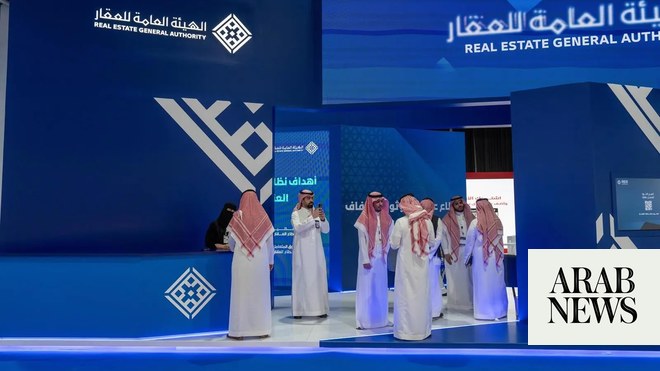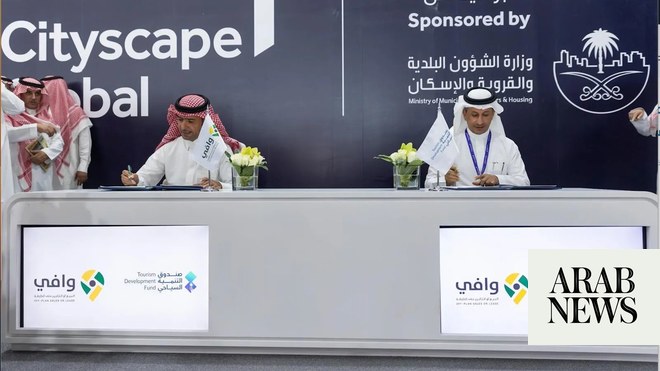
Like other real estate markets in the Gulf Cooperation Council (GCC), Saudi Arabia’s property sector has been under a fair amount of pressure with falling property prices and rents in recent years.
Hydrocarbon production quotas, subdued global oil and gas prices and geopolitical tensions have all hindered the country’s economic growth. A series of social and economic reforms has been adopted by the Kingdom to attract foreign investment under a diversification drive. Alongside these measures, we expect a rebound in economic growth to 2.3 percent on average over 2020-2022 to support the real estate market.
The banking sector’s exposure to real estate has been contained at 17 percent of total credit to the private sector as of mid-year 2019. Although Saudi banks seems to have written off a significant portion of their problematic contractor exposures, we do not rule out some volatility in the asset-quality metrics.
Mortgage portfolios have been expanding rapidly over the past two years, fueled by government-subsidized programs and regulatory incentives introduced by Saudi Arabian Monetary Authority (SAMA). They remain mostly salary assigned, so banks are exposed to unemployment risk, rather than asset-pricing risk. Yet, the cost of risk on mortgages has been negligible so far.
Nevertheless, government efforts to promote housing affordability, including lower regulatory requirements for mortgage exposures through loans could mean a build-up of risks in the long term.
Currently, the risks are still well-reflected in their ratings.
The general market trend is of weakening prices and rents across various segments, making the sector sensitive to unexpected changes in economic growth. The residential performance has been soft in Riyadh and Jeddah as residential sale prices and rents have declined. While supply is slated to increase slowly, we believe the segment is expected to remain under pressure mainly due to the exit of foreign workers, which has followed new and increasing taxes applying to expats.
We expect government initiatives, such as those incentivizing developers to build affordable homes, or encouraging banks to introduce more home financing options, to increase home ownership rates among Saudi citizens. Saudi Arabia has recently approved a program that offers permanent residency to some foreigners to attract investments, which could also boost prices. In addition, we forecast improving regulation to promote transparency and investment in the sector.
The commercial market is quite fragmented, with limited new supply in the pipeline. There is good demand for Grade A office space in part due to demand from newly created government companies under Vision 2030. The rest of the market however continues to experience rental decline. In Jeddah, the trend is negative too, with vacancy rates as high as 21 percent.
The retail market is competitive and unorganized, especially outside of the cities. Lacklustre economic growth means a soft retail environment, one that has negatively affected retail rents. Rents in Riyadh and Jeddah, especially for regional and
community malls, have declined by 5 percent year on year and are trending downward as more supply is expected over next 2 years.
A key difference between Saudi Arabia and neighboring countries is the size of the local population and demographics. Compared to the UAE population of approximately 9.5 million with 10-15 percent citizens, Saudi Arabia’s population is over 33 million of which 60-65 percent are citizens.
Due to the current over supply in residential sector we believe the Dubai market will remain under pressure in 2019-2020, with no meaningful recovery in the near term. Dubai Expo 2020, which is expected to attract millions of visitors to the emirate, may have a positive effect on market sentiment. Since the decline in prices has been gradual, relative to the previous cycle, we believe any meaningful recovery will take longer.
In contrast, Saudi Arabia has the opportunity to better manage property supply than its neighbors, with a key strength being its growing population and rapidly changing demographics. Its youthful population has increasing disposable income, a taste for a better quality of life, and a preference for urban centers. Meanwhile, the increased participation of women in the workforce will result in higher household spending power.
Under the Saudi Housing Vision Realization Program, the government aims to increase home ownership rates among Saudi nationals by 10 percent year on year. To achieve this, an increase in the availability of private sector funding for real estate and a boost to middle- and low-income housing stock, while also establishing cooperative social housing programs is needed to increase supply.
The country can also proactively plan for new concepts that are disrupting traditional brick-and-mortar real estate elsewhere such as co-working spaces, co-living developments, and online shopping.
Saudi population trends, combined with government reforms and potential economic growth, are supportive of a sustainable real estate market in the medium term and could see Saudi Arabia outperform neighboring countries.
• Sapna Jagtiani is associate director, corporate and real estate ratings at S&P Global Ratings.
Disclaimer: Views expressed by writers in this section are their own and do not necessarily reflect Arab News" point-of-view












